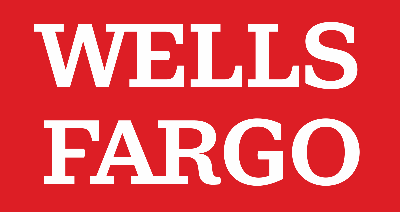Tired of bank fees, clunky apps, or limited branch access? Choosing the right national bank can make managing your money easier—with better rates, stronger digital tools, and more flexible account options.
Whether you want to earn a sign-up bonus, avoid overdraft fees, or access your account from anywhere, the best national banks offer the tools and support you need to stay in control of your finances.
15 Best National Banks
We reviewed dozens of national banks and narrowed it down to 15 that stand out for low fees, great customer service, and nationwide accessibility.
1. Chase
Key Features:
- APYs: 0.01% APY on Premier Plus Checking
- Monthly fee: $12 for Total Checking; waived with $500 direct deposit, $1,500 daily balance, or $5,000 in linked balances
- ATM access: 15,000+ fee-free Chase ATMs nationwide
- Best perk: $200 sign-up bonus for Total Checking; up to $3,000 for new Chase Private Client customers
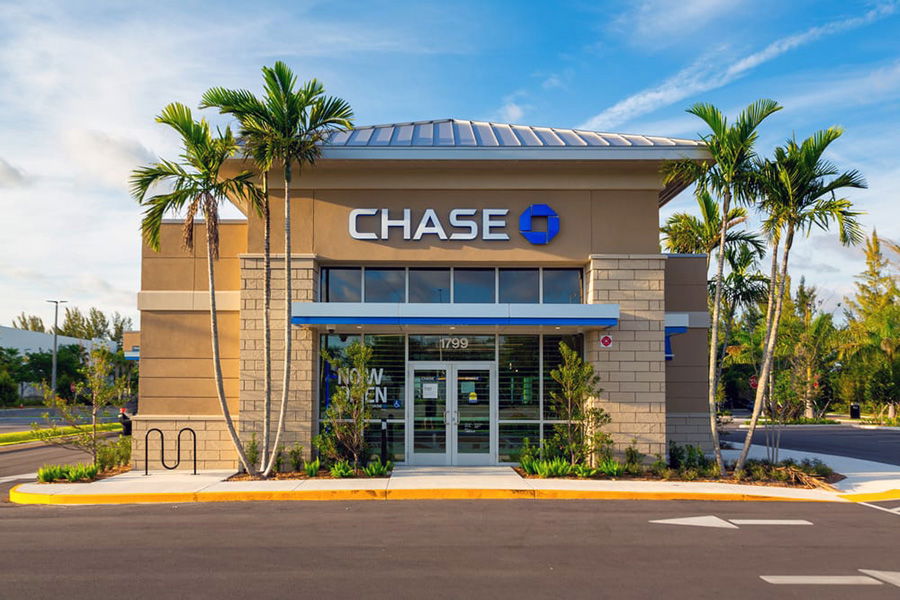
2. U.S. Bank
Key Features:
- APYs: Up to 4.00% APY on Elite Money Market with high balances
- Monthly fee: $6.95 for Smartly® Checking; waived with direct deposit ($1,000+), $1,500 average balance, or eligible U.S. Bank credit card
- ATM access: 40,000+ MoneyPass® ATMs with no surcharge fees
- Best perk: Up to $450 sign-up bonus with qualifying activities
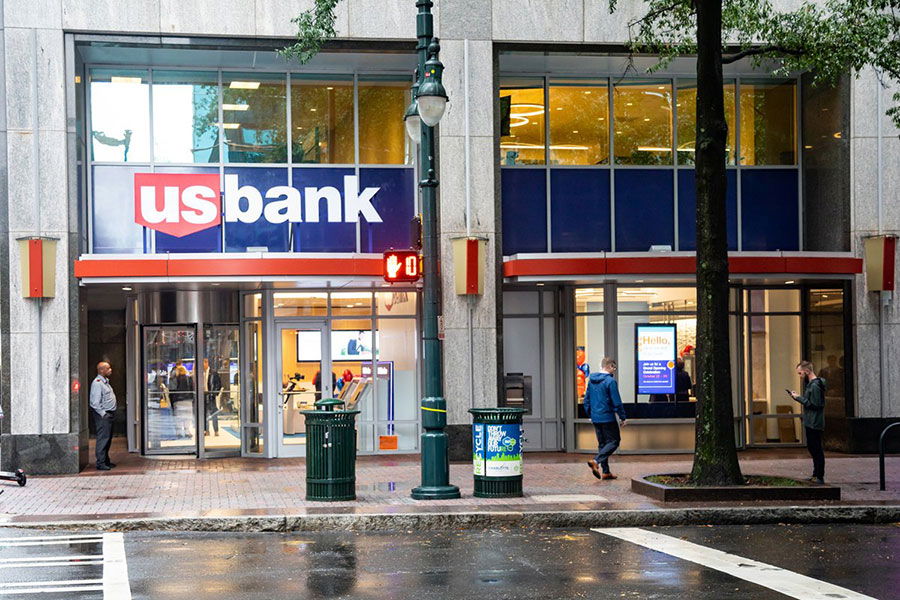
3. SoFi
Key Features:
- APYs: Up to 3.60% APY on savings; 0.50% on checking (with direct deposit)
- Monthly fee: None
- ATM access: 55,000+ fee-free ATMs via Allpoint® network
- Best perk: Up to $300 cash bonus with qualifying direct deposit
4. Ally Bank
Key Features:
- APYs: 3.85% APY on savings; 0.25% on checking
- Monthly fee: None
- ATM access: 43,000+ fee-free ATMs via Allpoint®; up to $10/month in out-of-network fee reimbursements
- Best perk: Automatic savings tools like round-ups and “Surprise Savings” transfers
5. Capital One

Key Features:
- APYs: 3.50% APY on 360 Performance Savings; 0.10% on 360 Checking
- Monthly fee: None
- ATM access: 70,000+ fee-free ATMs nationwide
- Best perk: High savings rate with no balance minimums or fees
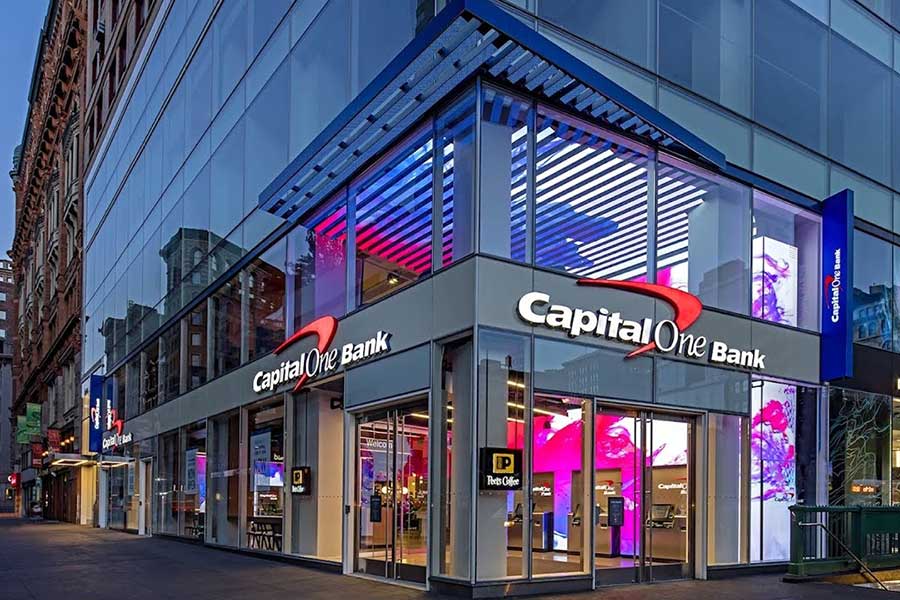
6. PNC Bank
Key Features:
- APYs: Varies by account and location
- Monthly fee: $7–$25 depending on account tier; waived with qualifying direct deposits or balance requirements
- ATM access: 60,000+ PNC and partner ATMs nationwide
- Best perk: Virtual Wallet® tools for budgeting, savings goals, and overdraft protection
7. Schwab Bank
Key Features:
- APYs: 0.45% APY on checking; 0.48% on savings
- Monthly fee: None
- ATM access: Unlimited ATM fee rebates worldwide
- Best perk: No foreign transaction fees and seamless integration with Schwab investing
8. Discover Bank
Key Features:
- APYs: 1% cash back on checking; 3.70% APY on online savings
- Monthly fee: None
- ATM access: 60,000+ fee-free ATMs nationwide
- Best perk: Cashback checking on debit purchases
9. Bank of America
Key Features:
- APYs: 0.01% APY on Advantage Relationship Checking
- Monthly fee: $12 for Advantage Plus; waived with $250 direct deposit, $1,500 minimum balance, or Preferred Rewards enrollment
- ATM access: 16,000+ Bank of America ATMs nationwide
- Best perk: Preferred Rewards program with credit card boosts and loan rate discounts
10. Chime
Key Features:
- APYs: None on checking; 3.50% APY on savings (with requirements)
- Monthly fee: None
- ATM access: 47,000+ fee-free ATMs via Allpoint®, MoneyPass®, and Visa Plus Alliance
- Best perk: Early direct deposit and SpotMe® overdraft coverage
11. Current
Key Features:
- APYs: Up to 4.00% APY on savings pods (with requirements)
- Monthly fee: None
- ATM access: 40,000+ fee-free ATMs via Allpoint®
- Best perk: Credit building with debit purchases—no credit check required
12. Truist Bank
Key Features:
- APYs: Varies by account; not a strong rate driver
- Monthly fee: $12 for Truist One Checking; waived with $500 direct deposit, $500 average balance, or linked Truist credit product
- ATM access: 3,000+ Truist ATMs and access to partner networks
- Best perk: Long Game app for rewards-based savings and perks for relationship banking
13. TD Bank
Key Features:
- APYs: Low across most accounts
- Monthly fee: $4.95–$25 depending on account; waived with minimum balance or direct deposit
- ATM access: 2,600+ TD ATMs plus nationwide access via partner networks
- Best perk: Extended branch hours and live customer service 24/7
14. Citi
Key Features:
- APYs: Varies by account tier; generally low
- Monthly fee: $10–$30 depending on account; waived with minimum balance or direct deposit
- ATM access: 65,000+ fee-free ATMs nationwide
- Best perk: Up to $2,000 sign-up bonus based on deposit amount
15. Wells Fargo
Key Features:
- APYs: 0.15% APY on Way2Save® Savings; 0.01% on checking
- Monthly fee: $10 for Everyday Checking; waived with $500 direct deposit, $500 minimum daily balance, or age 17–24
- ATM access: 12,000+ Wells Fargo ATMs nationwide
- Best perk: Wide range of checking options for different life stages
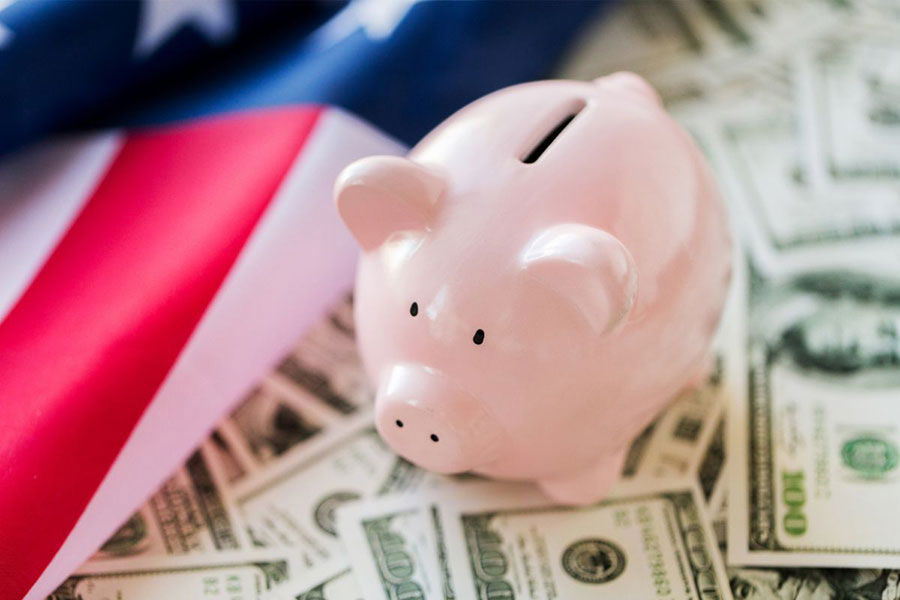
Methodology: How We Chose the Best National Banks
To identify the best national banks in the United States, we reviewed dozens of options and compared features that matter most to everyday banking customers. Our evaluation focused on the following:
- Low or no fees: Checking accounts with no monthly maintenance fees or clear, simple ways to waive them
- High customer satisfaction: Strong consumer reviews, positive mobile app ratings, and reliable customer service availability
- Easy-to-waive requirements: Low direct deposit or minimum balance thresholds to help avoid fees
- Mobile experience: Top-rated apps with tools for transfers, budgeting, mobile check deposit, and account alerts
- Interest rates: Competitive savings accounts, checking accounts, and certificates of deposit that beat traditional big banks
We also gave additional weight to banks that provide welcome bonuses, overdraft protection, and broad ATM access across the country.
Comparing the Biggest National Banks
Choosing the right national bank depends on what matters most to you, such as branch access, fees, digital tools, or rewards programs. Below is a quick comparison of how the three largest banks in the country measure up.
Wells Fargo vs. Bank of America
Wells Fargo has a larger branch network, while Bank of America gives customers access to a broader ATM network. Bank of America’s Preferred Rewards program can unlock benefits such as waived fees, higher credit card rewards, and loan rate discounts.
Wells Fargo appeals to those seeking convenient access and straightforward banking, while Bank of America is better suited for customers who maintain higher balances and want investing options through Merrill.
Chase vs. Wells Fargo
Chase has more than 4,700 branches nationwide and one of the highest-rated mobile apps. It’s also well known for strong credit card rewards and a wide selection of banking products. Wells Fargo offers similar branch access but makes it easier to waive monthly checking account fees. It also pays a slightly higher interest rate on savings, though both trail online banks.
Frequently Asked Questions
Is an online bank or a traditional bank better?
Online banks typically offer higher interest rates and fewer fees since they don’t have the overhead of branches. Traditional banks provide in-person service and cash deposit options, which may be important if you prefer face-to-face support. The best choice comes down to how you manage your money—digital convenience versus physical branch access.
Is my money safer in a national bank than in a smaller bank or credit union?
Your money is equally protected at any FDIC-insured bank or NCUA-insured credit union. Both insure deposits up to $250,000 per account holder, per account type. Some online banks partner with multiple banks to extend coverage beyond that limit. Always confirm the insurance details before opening an account.
Do national banks pay good interest rates?
Most national banks pay lower interest rates on checking and savings compared to online banks. If earning more on deposits is a priority, look at online banks or high-yield accounts. Certificates of deposit can also offer higher rates if you’re willing to lock in your money.
Which national banks offer the best sign-up bonuses?
Sign-up bonuses vary, but some national banks regularly offer hundreds of dollars for new checking accounts. Chase, U.S. Bank, and Citi often promote bonuses that range from $200 to $2,000, depending on the account type and deposit requirements. Always review the terms before applying.
How can I avoid monthly fees at a national bank?
Most national banks let you waive monthly fees by meeting requirements such as setting up direct deposit or maintaining a minimum balance. Some banks also waive fees if you’re a student, under a certain age, or enrolled in a rewards program. If avoiding fees is a top concern, online banks often skip them entirely.














